Biz and Tech Podcasts > Fight to Repair Podcast
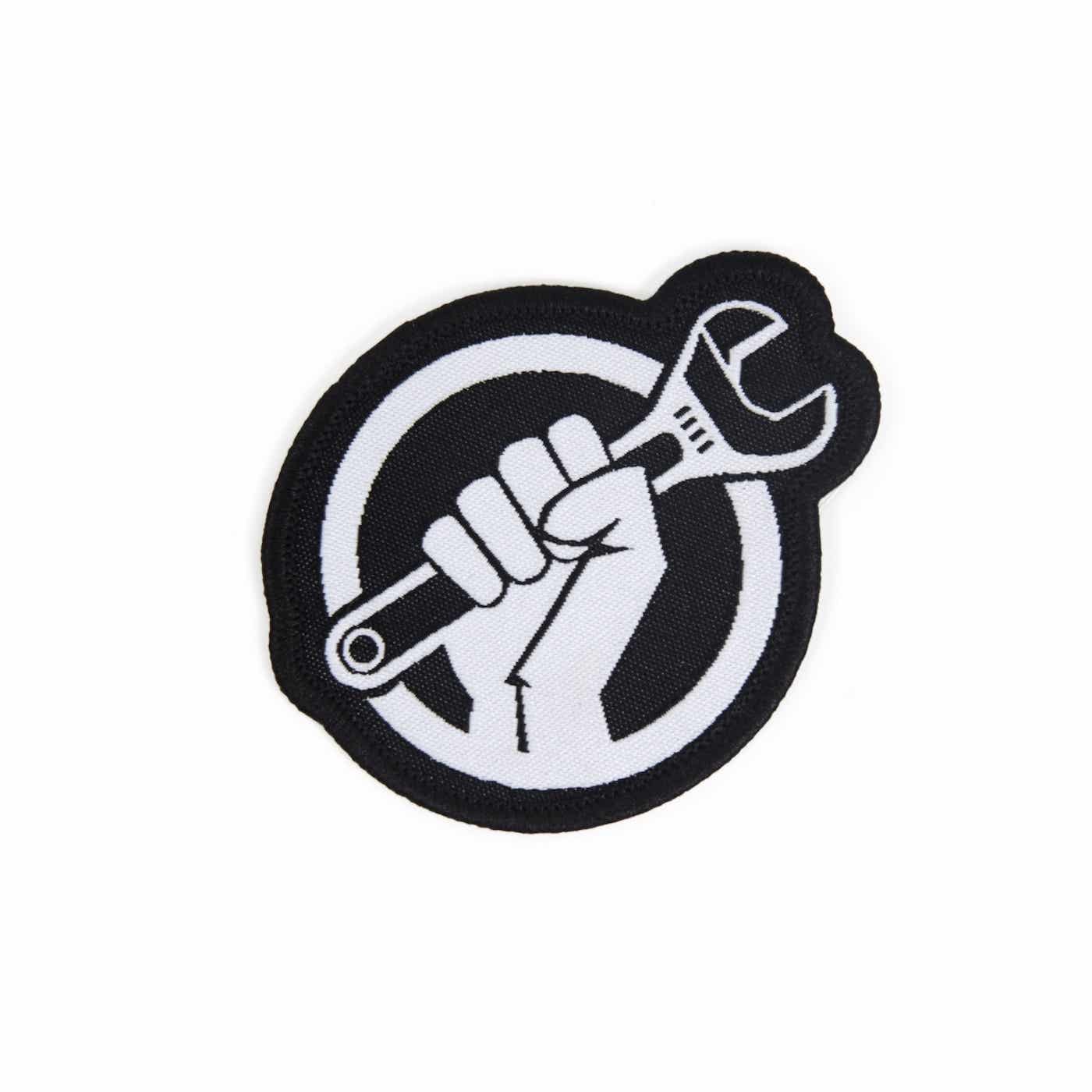
Weekly dispatches from the front lines of the global fight for the right to repair, including interviews with repair warriors on the front lines hosted by Paul Roberts, the founder of SecuRepairs.org and The Security Ledger and Jack Monahan.
fighttorepair.substack.com
Last Episode Date: 9 July 2024
Total Episodes: 22
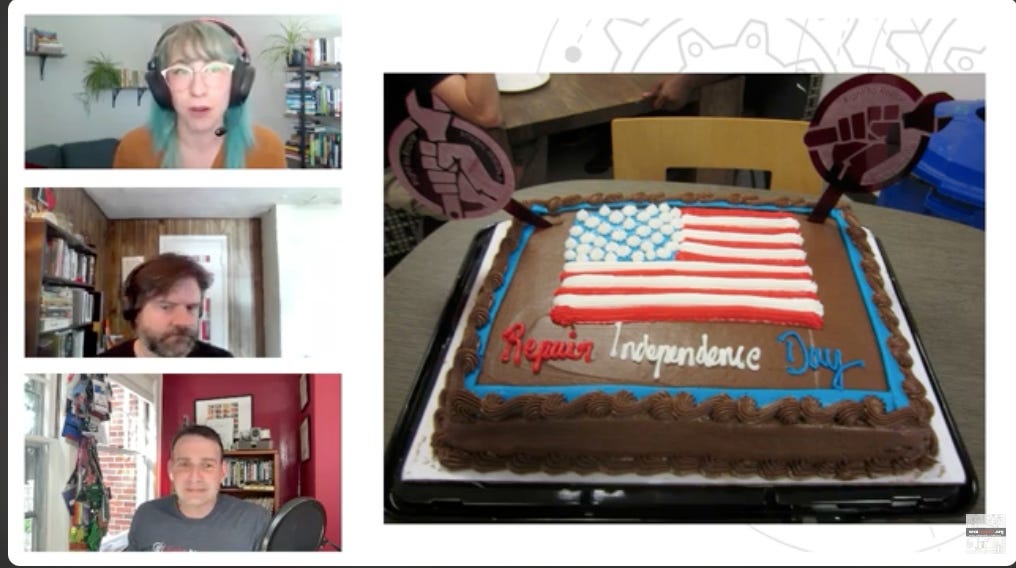
This is a free preview of a paid episode. To hear more, visit fighttorepair.substack.comLast week saw the 248th celebration of the founding of the United States on July 4th … recognition of the colonies declaring their independence from England. And it saw the first ever celebration of Repair Independence Day as some 49 million U.S. residents - 13% of the population - won the freedom to fix their own stuff. That came as two states, Minnesota and California enacted right to repair laws passed last year. What led to the sudden breakthrough in passing right to repair laws? And what battles lie ahead? In this podcast, Fight to Repair Newsletter Editor in Chief Paul Roberts speaks with Liz Chamberlain the Director of Sustainability at iFixit and Nathan Proctor, US PIRG's Director for the National Right to Repair Campaign.

This is a free preview of a paid episode. To hear more, visit fighttorepair.substack.comFor those of you who weren’t able to join our Repair Coffee, don’t worry! As a paid subscriber you will always receive a video with the full conversation. This episode is one in a series of Repair Coffees and to bring in the heavy hitters from the front lines of the fight for a right to repair.This month, we were joined by Ugo Vallauri of The Restart Pr…

This is a free preview of a paid episode. To hear more, visit fighttorepair.substack.comFor those of you who weren’t able to join our inaugural Repair Coffee, don’t worry! As a paid subscriber you will always receive a video with the full conversation. In the months ahead, we are planning more Repair Coffees and to bring in the heavy hitters from the front lines of the fight for a right to repair. We’ll have the conversations you care abou…
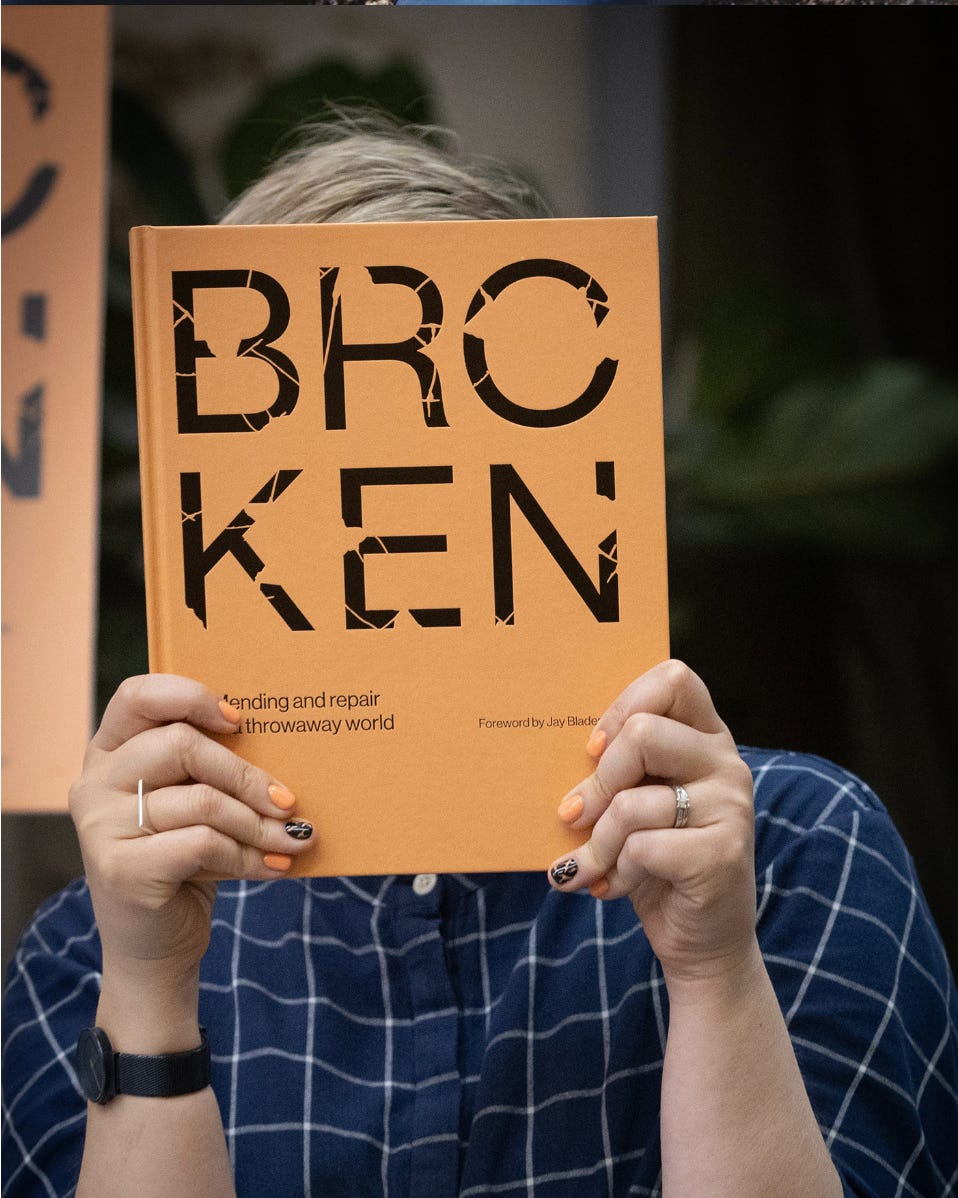
This is a free preview of a paid episode. To hear more, visit fighttorepair.substack.comThis week we welcome Katie Tregeden, a speaker, podcaster, and author known for her expertise in craft, design, and sustainability.Katie's journey into the world of environmentalism took a unique path. Before she delved into issues like sustainability and circularity, she was a craft and design journalist. What sets Katie apart in her approach to environmentalism is her ability to see the world through the lens of craft. For her, repair is not just about fixing what's broken; it's about storytelling and connection. She believes in the beauty of mending, where ordinary people can breathe new life into items using readily available materials and simple skills.Katie's perspective on repair extends beyond the individual level. She envisions a world where repair becomes a cultural norm, where we value objects for their history and the stories they carry. The intersection of environmentalism and repair, as seen through Katie's eyes, isn't about sacrifice; it's about creating a future filled with joy and connection. Nor is repair isn't just a means to do less harm, instead seeing it as a tool for a path towards doing more good.Katie’s most recent book is all about repair, and we talk through how it relates to everything from human connection to solving our oversized waste problem.Learn more about Katie’s work📚 Wasted: When Trash Becomes Treasure📚 Broken: Mending and Repair in a Throwaway World🤝 Making Design Circular Membership Community🎙️ Circular podcastTranscriptJack: Katie Treggiden. You're a speaker, podcaster and author, focusing on craft , design and sustainability and author of the new book, Broken Mending and Repair in a Throwaway World. Katie, thanks for joining us on the Fight to Repair podcast.Katie: Thank you for having me.Jack: So I wanted to jump into this conversation to get your approach. We have people that are technologists, people that are security experts, we have academics that come on and I'm curious, what repair means to you? I think that you've taken craft as a major concept that you've worked on in your career So i'm curious if you could explain that really means for our audience and how it intersects with repair?Katie: Yeah, so I was a craft and design journalist before I started writing about environmentalism, sustainability, circularity, so I've always come at it through that lens. And I think when you think about repair through the lens of craft it's very simple, right? It's things like sewing on a missing button, or the fact that my stepdad always has something that will do in the garage.And whatever it is that's broken can be mended by ordinary people using freely available materials and not a huge amount of skill. And so I think it's quite a, I think it's quite an interesting way into the subject of mending and repair because as those skills have been lost and as things have got phenomenally more complicated and more locked down and more closed, it can be harder sometimes to understand how you might repair something like a mobile phone, but something like a shirt with a missing button is a much easier way in for people sometimes.Jack: Yeah, and so your latest book broken is diving even deeper into that So could you talk a little bit about what the motivation for writing the book was and what you lay out in the book?Katie: Yeah, so my previous book was called Wasted, and I'm essentially working my way through the circular economy. So the first principle of the circular economy, as laid out by the Ellen MacArthur Foundation, is to design out waste and pollution. So my first book was all about waste and how we can reuse waste, use it as a raw material.And then the second principle is to keep materials and objects in use or to circulate products and materials. Obviously looking at repair and how we can keep things or parts of things in use so that we're not consuming as much seemed like the logical next step. The third pillar of the circular economy is to regenerate natural systems and we dipped into that a little bit in the last chapter of the book looking at the ways in which regeneration could be seen as a form of repair.Jack: And you're actually a podcaster as well, and your podcast is called Circular, if I'm correct. Can you talk a little bit about what circularity really means? I mean I see companies, journalists, all talking about "circular economy", and it tends to, the more I hear it, mean less and less to me,Katie: I think the overuse of words and in some case the sort of weaponising of words is something we fight against a lot in environmentalism. The most obvious example is the term woke which not so long ago just meant being awake to social injustice. And all of a sudden is an insult.The craziest example I heard recently was overhearing somebody describing the problems we're having in the National Health Service in Britain at the moment being down to, and I quote, woke job titles. I've got no idea what that means, so I think we've got this problem, and again, net zero, which simply means, a kind of net zero amount of carbon going into the atmosphere, so reducing what we're putting in as much as we can, and offsetting any that we physically can't reduce, again is being weaponised, so there's this sense that it's a government agenda, and it's the next lockdown, and I think we've got to be really careful about this because the same thing is starting to happen to terms like circularity or at best it's just being slapped on everything much like eco or green it becomes meaningless, if it doesn't go so far as to equate a negative connotation.So I always go back to the Ellen MacArthur Foundation and the difference between a linear economy and a circular economy. So a linear economy is this idea of take, make, waste. We take things out of the earth, we make stuff out of them, generating carbon in the process, and then at the end of their lives, they get thrown away.And at its very simplest, a circular economy is about taking that straight line and joining either end. It's a little bit more complicated than that, but as a starting point, that's what we're talking about. And then, as I said, it's about designing out waste and pollution, so we can make things without the sort of... externalities of things like pollution and carbon into the atmosphere is about keeping materials and objects in use. So it's saying, let's have objects we can repair things that can be mended things that can be kept in use. And then when they physically can't be anymore that those materials can be kept in use.Crucially, it's not about recycling. Recycling tends to be often actually down cycling, so things become less and less useful and valuable each time they're recycled. It's more about up cycling, so can we keep these things in use at their highest value? And then again, the last point is about regenerating natural systems, and I think a lot of the environmentalism movement to date has been about doing less harm, and I think we now have to actively move towards doing good.So is the planet better off, are people better off because our business or our product existed rather than just can we reduce or mitigate some of the harm because less bad is still pretty bad. We need to be moving towards better.Jack: Yeah. And so I guess with that moving away from a harm reduction approach, you've spent a lot of time thinking about circularity. What do you think the limitations areKatie: I think a lot of what we're looking for is ways that we can carry on with business as usual life as usual. And just offset it somehow so I can still fly all over the world as long as I offset my air miles and I think fundamentally, we need to bring about some significant changes in the way we live our lives and the way we do business.It's not enough just to do less harm, just to mitigate those changes. I think the where the kind of misconception comes about is everybody imagines those changes have to be really bad, right? We never get to go on holiday again. We never get to leave our village because we're not allowed to drive We've all got to sit in three jumpers because we're not allowed to put the heating on.What people forget is actually a world in which we have a circular economy gets to be beautiful. It gets to be filled with trees, with clean air, so that people can cycle with less traffic on the roads. We get to have these beautiful objects and a lot of what the book is about is the fact that when we mend something, it becomes more valuable. We're imbuing it with stories and with sentiment and with connection. And I'm all about my sort of strap line for want of a better word is that defiant hope sparks meaningful change. I think the important thing about hope, is that it is a precursor for change. And so my work is all about painting a picture of a better future. That if we do all these things, if we become more sustainable, if we bring about a circular economy and net zero, actually the world we're creating is better than the one we have now.It's not about making sacrifices, it's about making changes and those changes will result in a better world for us and for the people who come after us. And I think that's the sort of biggest misconception in environmentalism and in the way we're currently looking at the circular economy.Jack: Yeah I recently finished Kate Soper's Post Growth Living, and that's a book where she posits the term a kind of like alternative hedonism, and the idea that we would actually, by consuming less, have a lot more pleasure and joy in our lives because at least in the U. S., People are working more hours than ever, particularly like working class and working poor people are working more hours than ever.and a lot of that is driven by our, I would say, incorrect or false need to be purchasing things that we don't actually need and don't actually, give us long, meaningful joy in our lives. And so I think downshifting is another term that people have used that I've seen. I know there's some criticism about that, but I think just generally the idea of giving things up, I think, strikes people the wrong way.And I think care and intimate knowledge of the material objects in our lives is something like you mentioned, older generations know how to fix their stuff. And as someone that's pretty young, it's quite the opposite. So these are all things that I think directly connect to, the stuff that you're working on and what you wrote, which is we're not going to get anywhere by continuing this cycle of consumption, and that's actually probably better for us spiritually and ecologically, obviously.Katie: Yeah, and there's actually some research, and I forget the name of the book off the top of my head, but I'll send it to you so you can put it in the show notes. There's research that shows that when we buy something, it doesn't activate the reward centers in our brain in the same way as if we make something, because there's not enough effort. So that kind of instant buy on Amazon, it arrives the next day. You get a tiny dopamine hit, but it doesn't last. Whereas when you make something or mend something, because you've put that effort in the reward is greater. And I think that's really interesting. Cause I think a lot of the things we are doing, we're seeking connection.We're seeking fulfillment, we're seeking joy, and we're looking in all of the wrong places. And I think there's also this movement of deep travel. So rather than traveling. A long way, quickly, superficially traveling short distances, but looking much deeper and really connecting with a place and understanding a place and eating local food and talking to local people and moving around slowly.And it's really interesting. There's some recent research that's come out of the RSPCB that says that. You know, There's a ton of research that says that spending time in nature is good for our mental health, right? And I always think of that meme that went around TikTok a little while ago Which was going for a stupid walk in stupid nature for my stupid mental health and somebody sort of stomping through the countryside And that does do some good But what this recent research has shown is actually it's the strength of your connection with nature that has the biggest correlation with mental health.So if you're just stomping through with your headphones, you're getting outside, you're getting sunlight in your eyes, you're getting exercise, that's all good. But if you're stopping to look at the way the sunlight filters through the leaves or... Pick some blackberries or kind of hang out with some sheep.I don't know, just really connecting with nature. That is really what has the benefit for your mental health. And I think we live in this super fast, super linear world where we're we're looking for the dopamine hit, for the reward sensors in our brain to be activated. And when they're not, we do the same thing again, because we haven't had that kind of reward.Whereas actually when you. When you get deeper, when you really connect with nature, when you connect with the things you own by mending them, by changing their function, changing their story, extending their longevity, you build a connection with those objects. there in the kind of disposable world that we've been led to believe would bring us.happiness. It brings us convenience for sure, but that's not the same thing.Jack: Do you cover in the book the kind of rapid product cycles, whether it's like fast fashion or electronics? Because I think a lot about there's a lot of fear around like changing lifestyles, so I'm curious. I have a, like a favorite flannel shirt, and if it, it's not definitely of the times, or like of the current style, but I love it, and when I when it loses a button I put the button back on, and I think if that, we're able to make that mindset shift.For something as simple as that kind of goes against the obsolescence that is baked into our current life. But I think we're afraid of not being able to have the new things. Not being able to get that immediate hit of pleasure when you buy something or it shows up on your doorstep. Is that something that you've thought and written about?Katie: And I think a lot of this stuff is around social acceptance, right? So fashion companies used to release a spring, summer collection, autumn, winter collection. So twice a year you were expected to update your clothes and that was largely around the weather, right? So you needed to be wearing different clothes because it's got cooler in the northern hemisphere, warmer in the southern hemisphere.Now those cycles are as fast as every two weeks. So there's this sense that what looks on Is changing so fast. It's almost impossible to come up to keep up and As a result, I think something like a third of young british women consider a garment to be old when it's been worn Just once or twice and you've got to think of things like hashtag outfit of the day, right?i've been seen in this outfit on instagram now and I think The problem with that is those clothes are now made to quality standards. There's one british retailer that Has been quoted as working to quality standards that assume a garment will only be owned for five weeks. Whereas clothes that we used to buy when I was growing up had hem allowances, so you could take trousers up, there was, there would be a spare button and a little bit of thread attached to the.care label there was a sense that these clothes were made to last and made to be repaired whereas that's just not the case anymore and often new sort of synthetic fabrics don't hold together as well so if you darn a hole a new hole will appear around the edge of that hole and so I think it's I think it's really difficult because there's an element of privilege involved in being able to afford clothes that will repair well.And the example that's often given is a toaster, right? If you can afford a 100 toaster, you're probably going to be able to repair it. If you can only afford a 5 toaster, you're probably not going to be able to repair it. So I think one thing I'm really cautious of in this conversation is that we don't...shame people who can't afford either the time or the money to get involved in repair. There's a big sort of visible mending movement where people wear clothes that are darned in a different color thread as a sort of badge of honor. That's lovely if you didn't grow up poor and had to have, your clothes darned and hiding that from school friends and things.So I think there's a kind of a note of caution there around some of this stuff. But I think what's What I try to do in the book is highlight reasons we might want to repair, so there's a whole chapter on repair as storytelling, and the ways that objects can gain patina and layers and stories over, over generations.I've got a Gplan coffee table that was made in the 1950s, and it's got coffee rings all the way around it, where the varnish has been slightly damaged by the heat of the coffee cups, and I have a friend who's a furniture restorer, he was like, gosh, Katie, I can polish those out for you. And I was like, don't, that's 70 years of, arguments and people falling in love and having conversations.And, I love every time I sit down looking at all those coffee rings and thinking of all the people who've sat around that table in its life, you know, it's older than I am. And I think if we can start to change the culture, and I think it's about changing systems and cultures, not people. If we can change the culture so that those sorts of objects are venerated.More than the latest must have thing, this week's color, whatever it is. And it's really interesting. One of the big British interior design magazines who shall remain nameless put a post on Instagram recently talking about this springs, hot colors for your kitchen. And a few years ago, I think that would have gone past unnoticed and people would have gone, okay, cool.Next time I do my kitchen, I'll have to remember those are the cool. Colors, but it was really interesting. The comments were just like, are you serious? You're encouraging disposability by telling you my kitchen which is a very expensive and wasteful thing To replace an update is now not on trend and it was lovely that all the comments were things like surely I should paint my kitchen a color that makes me happy and you know I think people are starting to get the sense that know, we're being slightly had with all this trend stuff and actually what will bring us joy is, a color that makes us happy rather than a color that is this year's color of the year or whatever.So I think that shift is starting to happen, but I think it's about. It's about a sort of a legal shift, certainly and a systemic and a cultural shift, rather than necessarily looking to individuals to leave that, lead that, because I think we all have our own life experiences and, time and money setups that will make mending more accessible to some than to others.Jack: Oh, yeah, absolutely. If you even think about electronics, You know, if you have a, standard laptop that you buy that is going to be, obsolete in two to three years, you probably won't be able to repair it. If you have a couple, thousand more dollars to spare, you could upgrade to something that you could swap out a graphics card, you could swap out the CPU. I think popular, narratives are quick to say that it's like an individual choice to be wasteful, but I think at scale that doesn't make any sense and at scale you need to have policy choices and also like cultural change as you mentioned. You've talked about joy. Is that something that comes up in your writing and your work?Katie: Yeah, I think so. I think most people who make or mend for a living do so because they find joy in it, right? It's not one of those careers your parents nag you to go into as a child. So I think most people choose it for joy. And I think, as I said, it's really important to me that we are painting an aspirational picture of what a circular economy can look like.Another of the chapters in the book is repair as healing. And this idea that repair is, of course, a good thing to do for objects, it's a good thing to do for the environment, but also it can be personally very healing, and there is evidence to show that the repetitive motion of sewing, for example, actually calms your central nervous system and I think a lot of the kind of stories that you can tell through repair can be quite healing.There's a story I tell in the book about a top I mended for my little sister and a couple of jeans I patched for her two sons, and it I think it's partly just slowing down, but doing something, it's a real act of care for a family member. I can buy them stuff when I see them, I can take them out for dinner, but to sit down for an evening and mend their clothes.And I actually stitched a little message in the care label for my sister. And that's now become her favorite top, right? That was just a cheap high street top. It's now become her favorite top that she'll never part with. And it felt like a way to, I don't think it would be going too far to say, repair my relationship with them, I haven't always been able to spend as much time with them as I'd like to be able to. And that act of care felt like a repair of an object, but also a, a patch on a relationship. I'm not going to go so far as to say it was broken and I'm not going to go as far as to say it was entirely fixed.But one of the things I talk about in the book is Stephen Jackson, who's an amazing technology historian talks about the fact that the world is constantly in a in a state of breaking and being repaired. So everything is constantly breaking a little bit and being mended a little bit. And I like, to think about that in that sense.And so I think there's a huge amount of joy to be found in mending things. And I think the things we choose to mend somebody I interview in the book, Bridget Harvey works for a or volunteers for a sort of repair cafe type model called Hackney Fixers. And she says people bring things in for two reasons. They either need them or they love them. And I thought that was really interesting. It's either something they just need to work and can't afford to have fixed, or it's something they could very easily replace, but it's got some sort of sentimental value. And I think there is real joy in mending those objects.Jack: And I think that's why we're quick to point out those like we're very I seldom will I be like excited when I see a large company make like large scale decisions about like how they're repairing their stuff, but it's way more valuable from a storytelling perspective and also just like culturally, when we see things like repair cafes, or, fix it clinics, things like that, because I think, or even tool libraries is something that we've written on in the past is they, their effects ripple outward, and they have a tendency to, cover up the gaps in at least in the US, our social safety net is abysmal, and so by being able to lend care to, one another, it comes pretty naturally when you're in community with one another.Katie: Yeah, and I interviewed the founder of the Repair Cafe movement for the book, and she said she was in no doubt that there would be plenty of objects that she need, that would need repairing. But what she was surprised by was the number of people who volunteered to repair them. And she suddenly realized there was this whole generation of older people who were lonely and had these skills that had been seen as less valuable.And all of a sudden she was saying, These skills are valuable. We need them. And Bridget Harvey talks about de garbageing those skills. And just this idea that all of a sudden you're connecting people and skills. And because the model of the Repair Café is you can't just drop something off to have it mended right.You have to sit down with someone and mend it together. You're passing on those skills, but you're also creating moments of connection. And often intergenerational connection, which can be incredibly powerful for both parties, I think.Jack: And I think we're also told, at least for, the past 30, 40 years, that the market is the decider of value. And, that is the most efficient and best, most rational and optimal way to allocate goods. And, things are evaluated correctly, but... I think the example you just gave proves otherwise that you know something might not be valuable to the market, but it might be valuable to someone and to equate the two is a lot of times wrong because we have you know a whole generation of people with skills that might not be valuable per se in a career and market perspective, but are valuable for their communities and their relationships and so on.Katie: Yeah, absolutely. And I think it's really important we start valuing stuff that the market doesn't value.Jack: And it separates us too. I think that's a big thing is we When we're focused so much on consuming to fill, the bigger problems that should be solved in other ways, we have a tendency to not repair them and patch them over with a bandaid rather than get to the core of it, and I think repair is not like a, Repairs a pillar in the broader picture. It's not going to fix everything But I do think it's like a pretty powerful example of being able to step away from those habits that have been built up and like even on an individual level being able to resist that in some ways.Katie: Yeah. And I think, I write about craft, right? It's the smallest scale thing you can possibly imagine. And the criticism that always gets leveled at me is, how are you going to scale it? That's too small to make a difference. There is no one single solution to the environmental crisis.There's not going to be some magical technology that arrives and saves us all. The solution is going to be in a hundred thousand little tiny things in each of us doing our bit. And yes, of course, we need massive change from governments and from big business. But while we're waiting for that to happen, I don't think we should sit on our hands.I think there are little things we can all do every day to move towards that sort of better world, right?Jack: How has your perspective on this changed? I mean going from a craft journalist to someone that's now more focused on environmental topics. Do you think that you become more optimistic or I'm just curious as this work has unfolded, what has come to the fold or like what your mind has changed about?Katie: Yeah. I've always been interested in what I used to call design for good. So there was, I spent 12 years working in advertising. So when I changed careers, it was, there was a very important imperative that I was moving away from that towards doing good. So I've always been interested in how craft and design and interior design can make us feel better. Work in different ways from mass production. But I think I wanted to get really specific about what I meant by good. And so I went off to do a master's in history of design and set myself the informal question, can craft save the world, which was intentionally provocative because the immediate answer is don't be ridiculous.Of course it can't, but you ask a crafts person, they'll all go, yeah, not sure how, but I pretty much believe it can. So I wanted to sort of really dig into. How it can change the world. And I think actually most craftspeople are pretty inherently circular. They design out waste and pollution because they're working, first of all, they're working very close up to a material.So if it's creating pollution, that's going to damage them personally. Most craftspeople work with a single material, so they want to conserve it. It matters to them enormously that material is... going to be in abundant supply. Handcrafted objects tend to be more readable. You can see them, you can see where they've broken and how you might be able to mend them.And craftspeople tend to be very close to the natural systems that their materials come from, whether it's potters handing local clay or carpenters working with wood that's come from nearby forests. So again, they want to regenerate those systems. So I think this kind of slight shift from craft and really focusing on environmentalism does give me a lot of hope.I also. recently have had periods of time where I have felt completely hopeless. And I think when you read the news or engage with sort of mainstream media in any way, it is very difficult to believe in this world. We're all working very hard. to bring about and so I've I talk about defiant hope now and that's because when I say hope I don't mean blind faith or naive optimism or just figuring it'll all work out somehow.I mean waking up every morning and choosing hope despite all evidence to the contrary and then working to bring about that world, so I think it's in recent years, I think that's been the real shift is I've realized that hope is work and it's probably the most important thing I do is staying hopeful and keeping my readers and my podcast listers and my membership members hopeful.Jack: To your point about being up close and personal with the objects in your life, there's a quote by Mark Boyle, to paraphrase, he basically says that we've gotten to the point now that we are so separated from the suffering and destruction that's embodied into the things that we own, and I think that you can turn, you can get a little bit closer to those things when you are up close and personal and you're actually like working on them, whereas like when things are disposable and easy to come by for you, it's a very different relationship.Katie: Yeah, and I think often when you buy handcrafted objects, you buy them from the person who made them and there's something really magical about that, there's no need for a transparent supply chain because the supply chain is standing right in front of you, it's inherently transparent.It also means you're more likely to take that object back to somebody if it breaks and say, look what happened here, and so I think there's more accountability there. And. I just think we value objects more when we have that sense of story and connection and it's harder to hide the bad stuff, right?When you've got a supply chain, I talk, I do a little bit of consultancy for big companies and a lot of them just don't know. Like they've got, their supply chain is so long and complex and constantly changing, they honestly can't tell you. And that's just, how are we supposed to keep control of these things if we don't even know? It's quite frightening.Jack: Katie, can you tell me about Making Design Circular and what that is?Katie: Yeah a little while ago I had a conversation with a mentor and I told him that my mission in life was to inspire, educate, and empower designers and makers to join the circular economy. And he said, I don't think you're doing that. And I was like, rude. I've written six books. I've written countless articles.I've got a podcast. What more do you want from me? And he said, look, you're inspiring them. Sure. I don't think you're educating and empowering them. I don't think you're telling them how to join the circular economy So at the time i'd just written a book called Wasted: When Trash Becomes Treasure. And so my first online course was the waste master class which was teaching makers how to use waste as a raw material rather than using sort of virgin materials and at the end of that course nobody wanted to leave.Jack: That's a good sign!Katie: So I set up a membership community called Making Design Circular which is a sort of ongoing community. We've now got members all over the world. And it's all about helping craftspeople, designers, makers to embrace the circular economy and a bunch of self paced courses has spun out of that.I love it because I now spend half of my life helping craftspeople to become more sustainable and the other half teaching everybody else what they can learn from the craftspeople who are becoming more sustainable. So it feels like I'm finally fulfilling that mission.Jack: Yeah, real time data from your writing. That's really awesome. And yeah, we'll have your both your books, Wasted and Broken in our bookshop. org platform, and then we'll also link to your platform, so that people who are interested can sign up Katie, I really appreciate you taking the time. I think people should definitely check out your podcast and your book. Fantastic conversation, I think people are going to learn a lot. Not only this conversation, but all the other resources that you put together over the years. So thank you! And we're excited to have you on and hope you're able to join again.Katie: Oh, thank you so much for having me, it's been great.

This is a free preview of a paid episode. To hear more, visit fighttorepair.substack.comIn our latest episode of the podcast, we’re bringing you an interview recorded at last year’s Fix Fest in Brussels, Belgium. I speak with Beat Schneiderhan and Carl Mau, students at the Rudolf Steiner School, in Munich, Germany about Fixing For Future, that school’s student run repair clinic that serves both students and the wider community by repairing a wide range of personal electronics, home appliances and more. Beat and Carl talk about the Rudolf Steiner’s school’s repair curriculum - a multi year curriculum that starts in middle school and extends through high school, teaching students the basics of repair including skills like soldering and other electronics skills. The school has compiled its experiences into a guide for other school districts interested in making repair part of their curriculum. Subscribe to get new posts delivered to your inbox. Or become a paid subscriber and get access to full length podcasts, early access to original reporting and exclusive access to live events.In this conversation, Beat and Carl talk about the challenges they face repairing modern devices and also the many benefits that Fixing for Future has imparted - including skills needed to operate a small business. Check out our recorded or (for premium members) video versions of the podcast!Like what you’re reading (and hearing)? Refer a friend and win discounts on premium membership.Video Podcast and TranscriptBelow, find a video of my interview with Beat and Carl as well as the text transcript of our conversation. Access to the video interview and the transcript are reserved for premium subscribers.
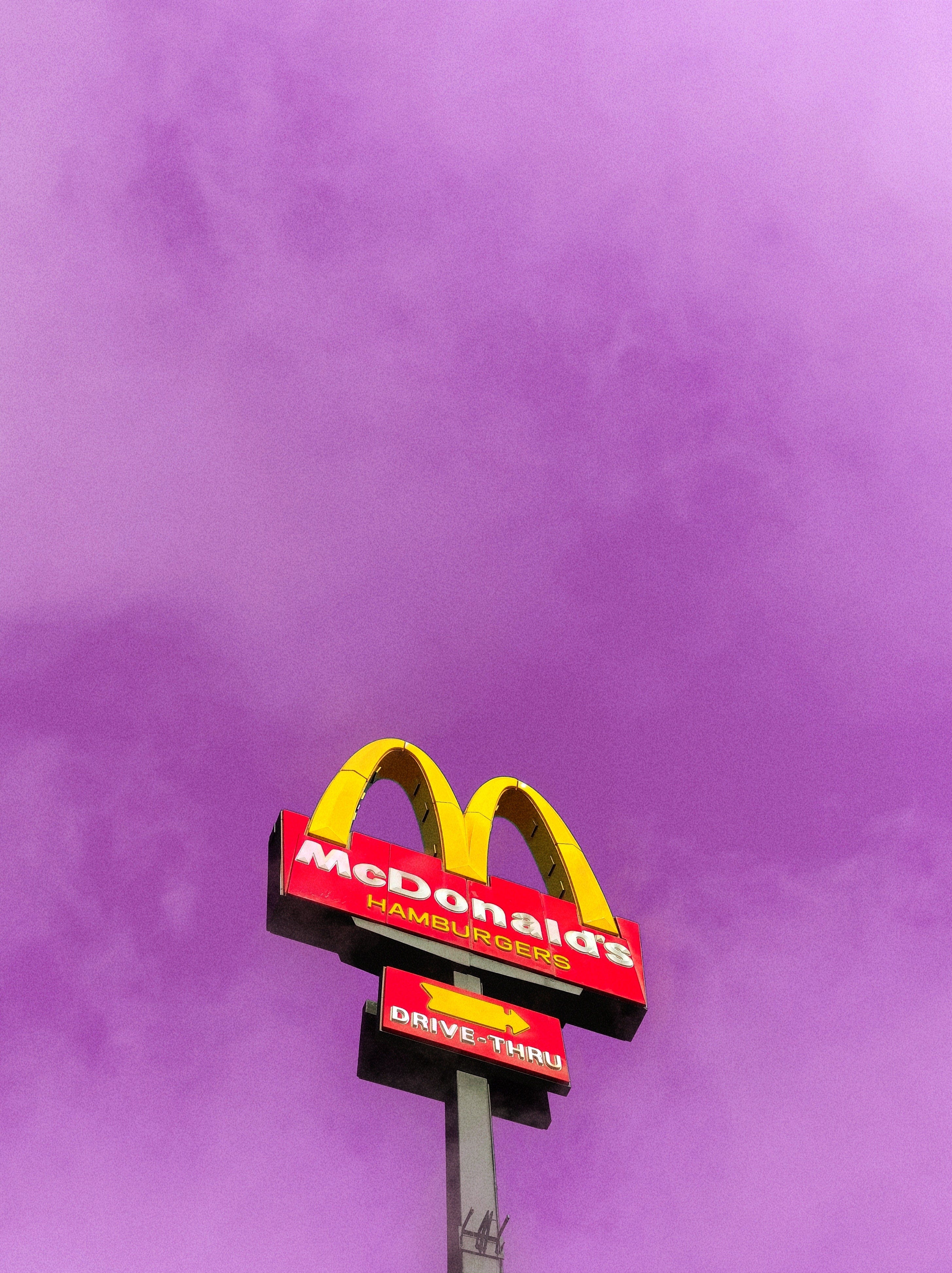
This is a free preview of a paid episode. To hear more, visit fighttorepair.substack.comIn our latest Fight to Repair Podcast I interview Kyle Wiens, the co-founder and CEO of the online repair site iFixit.com and a Prime Mover behind the global right to repair movement. [Are you a premium subscriber? If so, scroll down to check out the video podcast of my conversation with Kyle!]Kyle joined me in the Fight to Repair studio to talk about a request that iFixit and the group Public Knowledge made to the US Copyright Office a few days earlier. They are seeking exemptions to Section 1201 of the Digital Millennium Copyright Act (or DMCA), a 25 year old law that makes it a federal crime to circumvent software locks used to protect copyrighted material. In their filing, iFixit and Public Knowledge seek a blanket 1201 exemption for commercial machinery. And, to underscore their point about the obstacles that manufacturers erect to service and repair, they single out one semi-famous piece of wonky and hard to repqair equipment: the McFlurry soft ice cream machines used in McDonald’s restaurants and manufactured by Taylor, a leading maker of soft ice cream equipment. Subscribe to get new posts delivered to your inbox. (It’s free!) Become a paid subscriber and get access to full length podcasts, early access to original reporting and exclusive access to live events.Taylor’s McFlurry machines, which are sold exclusively to McDonald’s franchises, are notoriously buggy and hard to operate and maintain. In addition to a cumbersome four hour self cleaning function, the machines break frequently but Taylor’s user interface blocks easy access to administrative features. Its user manual and documentation of error codes are basically Da-Da-ist fiction designed to sow confusion among franchisees and prompt calls to Taylor’s expensive authorized repair providers whenever these machines break. The plight of franchisees wrestling with the McFlurry machine and Taylor’s monopoly on service and repair came to light after Taylor and McDonald’s teamed up to squash a would-be start up, Kytch, that made diagnostic hardware to help franchisees better manage the machines. (Wired’s Andy Greenburg wrote an article documenting that struggle and I interviewed Jeremy O’Sullivan of Kytch here.) To help make the point that there’s nothing inherently complex or unusual about the McFlurry machines, Wiens had his staff at iFixit break one down to look at what’s inside. Check out iFixit’s “What’s Inside That McDonald’s Ice Cream Machine?” post to learn more about what they found. In this conversation, Kyle and I talk about puzzling case of McDonald’s failure prone ice cream machines - a nation-wide problem that has even sparked the creation of a website, McBroken, that tracks McDonalds unable to serve soft ice cream in realtime. And we talk about the bigger challenges that Section 1201 creates for commercial equipment owners who are looking for affordable and convenient repair options to keep their businesses operating. Check out our recorded or (for premium members) video versions of the podcast!Like what you’re reading (and hearing)? Refer a friend and win discounts on premium membership.Video Podcast and TranscriptBelow, find a video of my interview with Kyle as well as the text transcript of our conversation. Access to the video interview and the transcript are reserved for premium subscribers.

This is a free preview of a paid episode. To hear more, visit fighttorepair.substack.comIn this week’s podcast, I interview Matthias Kirschner, the President of the Free Software Foundation Europe and, more recently, author of Ada and Zangemann: a Tale of Software, Skateboards and Raspberry Ice Cream, a children’s book that explores questions about repair, free software and (if you ask me) even bigger questions about software, technology and human expression. Ada and Zangemann explores the adventures of Ada, a young girl with a passion for tinkering and her encounter with Zangemann, a black turtleneck-and-jeans-wearing tech entrepreneur (sound familiar?) with a penchant for creating cool connected devices, but some pretty noxious ideas about controlling how his creations should and shouldn’t be used. The book is a celebration of technology and software as acts of creation and expression. It also dives into some of the biggest issues facing societies and economies as smart, connected devices become ubiquitous. Namely: what does it mean to “own” something? And where do the rights of owners and creators (aka “copyright holders”) pick up and leave off? In this conversation, Matthias and I talk about what inspired him to write Ada and Zangemann, the process of creating the book (with contributions from his own children), the role of free software in a software-driven world, and what he hopes younger generations will learn from his book about the role of free software and repair in a world of smart, connected stuff. Check out our recorded or (for premium members) video versions of the podcast!Like what you’re reading (and hearing)? Refer a friend and win discounts on premium membership.Video Podcast and TranscriptBelow, find a video of my interview with Matthias as well as the text transcript of our conversation.
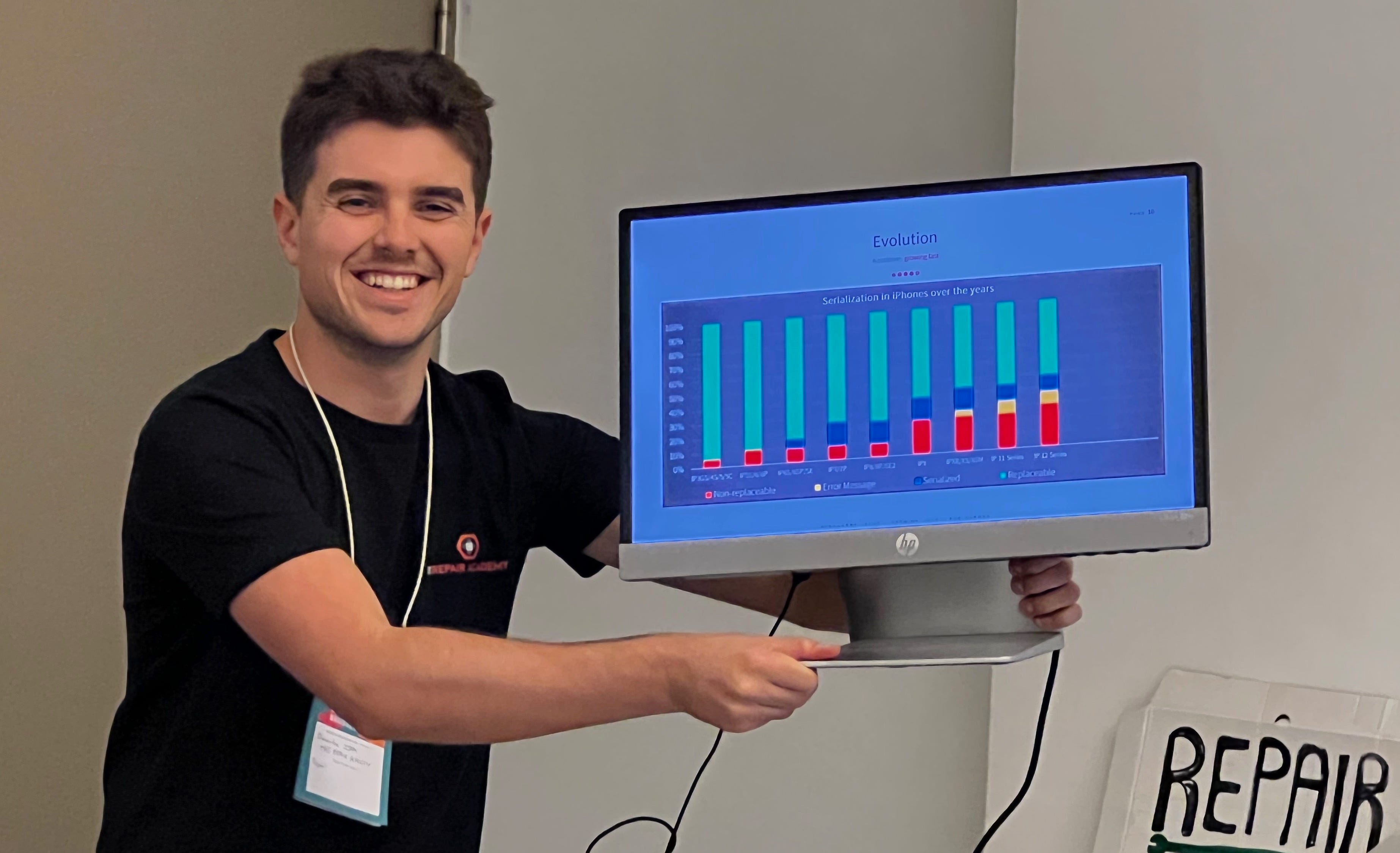
This is a free preview of a paid episode. To hear more, visit fighttorepair.substack.comHost Paul Roberts speaks with Alexandre Isaac about The Repair Academy, the Toulouse, France training organization and repair factory about the push to extend the useful life of enterprise devices, and the high costs of manufacturer part pairing schemes.
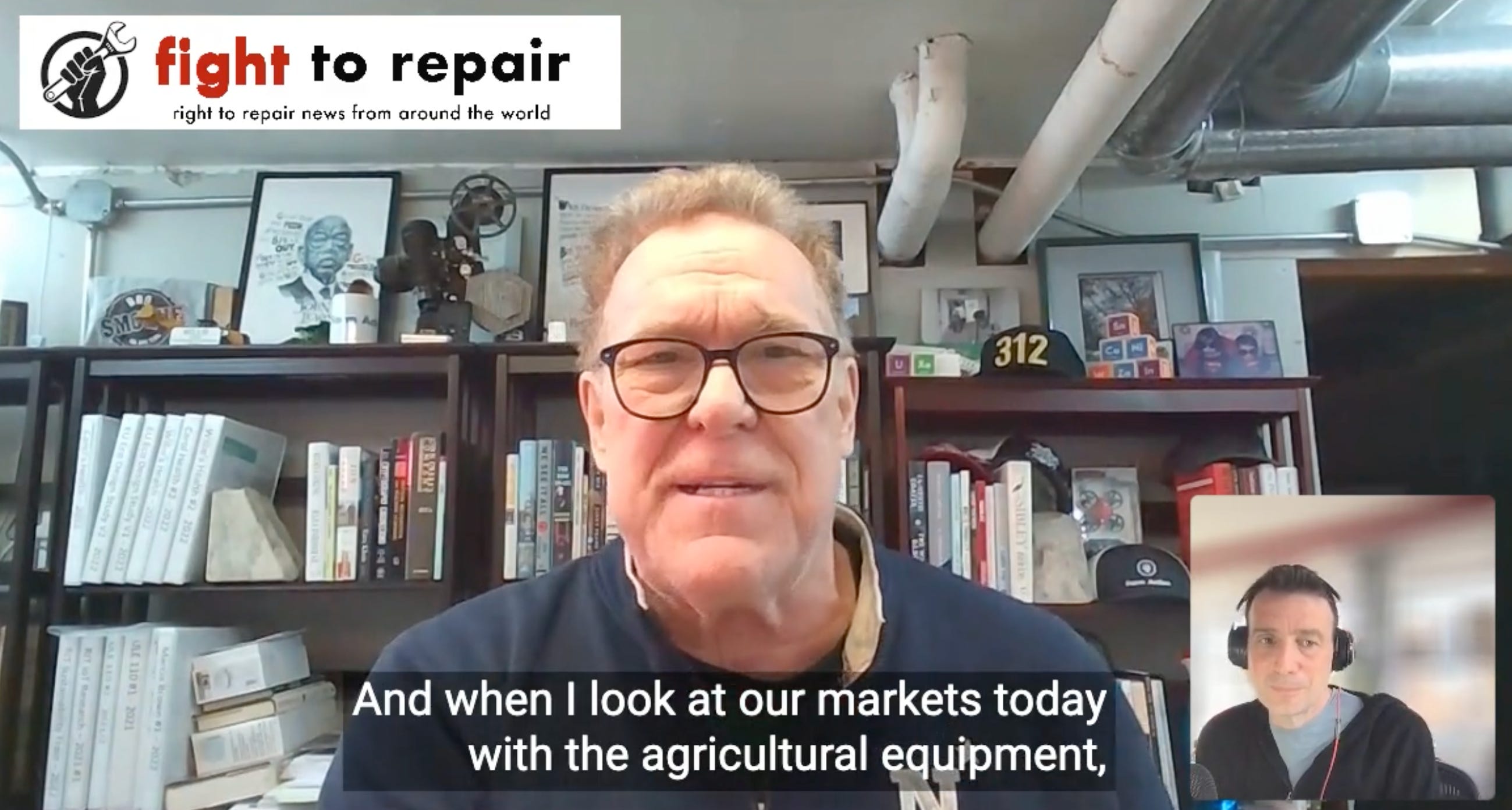
This is a free preview of a paid episode. To hear more, visit fighttorepair.substack.comOn April 11th, Colorado’s state Senate passed a landmark agricultural equipment right to repair bill by an overwhelming 44-16 vote, becoming the first state legislature in the U.S. to pass such legislation. This week the bill was transferred to the desk of Governor Jared Polis, who is expected to sign it into law before the end of the month. Passage in Colorado came in spite of aggressive lobbying by agricultural equipment makers like John Deere and their local dealerships, who have successfully killed off scores of similar bills in Colorado and other states over the last decade. Passage of the bill followed a marathon, seven hour hearing of the Senate Agriculture and Natural Resource Committee on March 9th. That included impassioned testimony in favor of the bill by Willie Cade, a board member of the Repair Coalition and one of the staunchest advocates for the right to repair agricultural equipment.Willie's grandfather, Theo Brown, was a legendary engineer and inventor who worked for John Deere and served as a board member of the Deere Corporation. Today, Willie finds himself tilting against the company his grandfather dedicated his career to. But for Willie, he’s fighting Deere in order to save the company from itself. As Willie sees it, Deere’s success over the last century - and the success of the U.S. economy - comes down to competition and innovation. Small companies and innovative practices drove the market in his grandfather's era, Cade argues. Companies competed with each other for innovation. That isn’t the case anymore, as Deere uses restrictions on the ability to replace parts and upload software to lock out repairs by farmers and non-Deere authorized repair professionals. In this podcast, Paul and Willie talk about Willie’s journey to the right to repair fight and how he takes inspiration from his grandfather. He also debunks the arguments made by manufacturers that allowing people to repair their devices would endanger clean air laws or enable hackers to manipulate farm equipment. TranscriptPaul Roberts (Fight to Repair): Hey there. Welcome back to the Fight to Repair podcast. For those of you who are new to this podcast, I'm Paul Roberts. I'm publisher of the Fight to Repair Newsletter and the host of this week's Fight to Repair podcast. This week we bring you an interview with Willie Cade. Willie is a board member at the Repair Coalition and one of the nation's foremost advocates for a right to repair agricultural equipment.In this conversation, Willie and I talk about his work on the right to repair movement. Work that was inspired by his grandfather, Theo Brown, a legendary engineer and inventor who pioneered and patented the manure spreader in 1915 among many other inventions. He worked his whole career for John Deere and later served as a board member of the Deere Corporation.
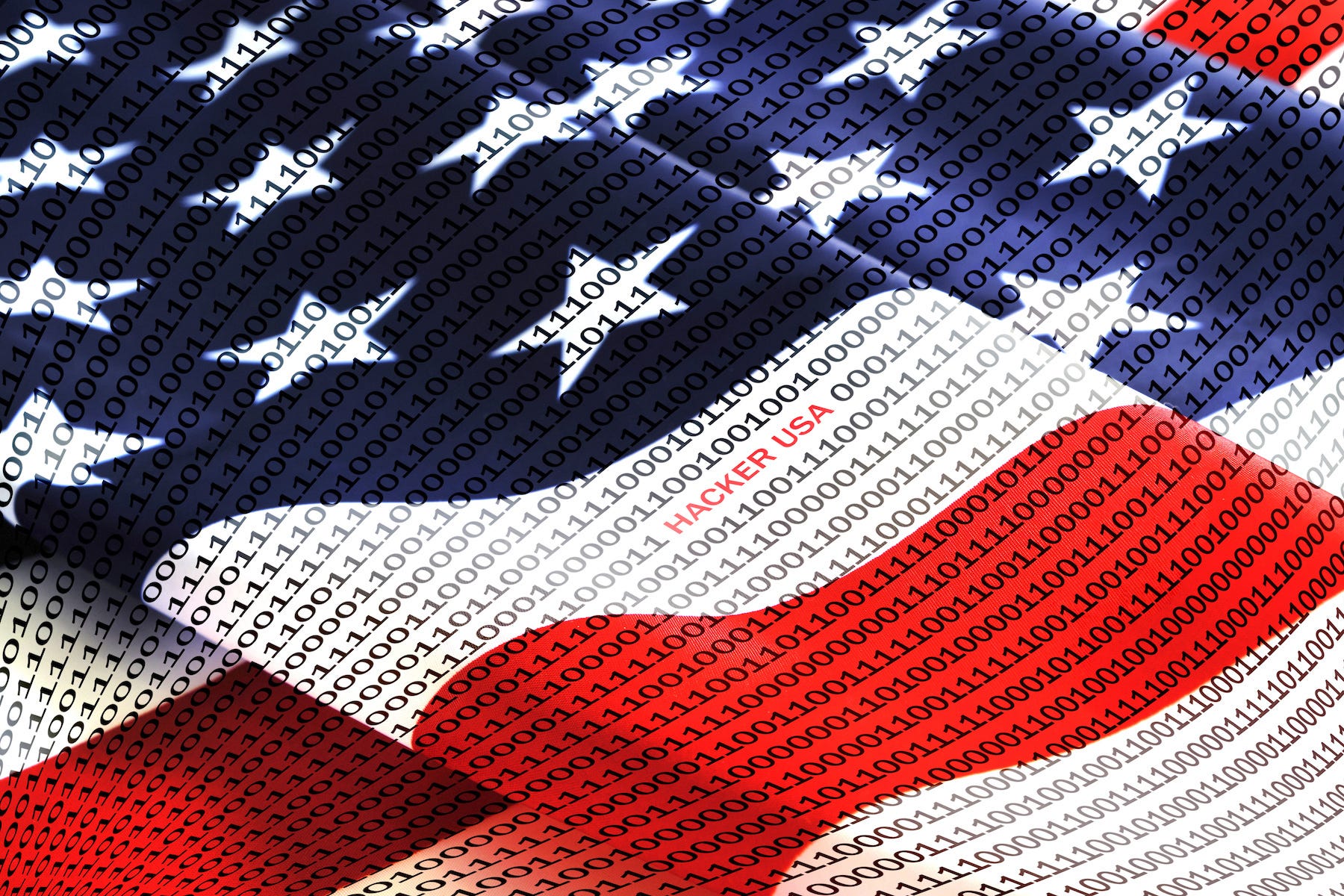
This is a free preview of a paid episode. To hear more, visit fighttorepair.substack.comThis week we bring you an interview with Kit Walsh. Kit is a senior staff attorney at EFF, the Electronic Frontier Foundation, where she works on issues like free speech, net neutrality, copyright, coders' rights, and issues that relate to freedom of expression and access to knowledge. Kit is part of a team of attorneys who is arguing on behalf of the plaintiffs Matthew Green and Bunny Huang to overturn parts of the Digital Millennium Copyright Act, a 1990s era federal anti-piracy law that, a quarter century later, is being used by device makers of all stripes to sharply curtails the ability of owners, independent repairers, artists and others to modify, service and repair all manner of devices - from toasters to tractors. The case is a key battle in the fight for the right to repair, as the DMCA provides the key legal justification that manufacturers use to limit access to their platforms. In this conversation, Kit and I talk about that case and the burden the DMCA places on individuals, our economy and society. A note: this interview was recorded in late 2021. Since we recorded it, a federal Appeals Court ruled against the plaintiffs in the case. The Appeals Court essentially determined that since the Justice Department said it would not pursue Mr. Green for publishing a book on strategies to circumvent software locks, he lacked standing to sue. It is unclear whether the plaintiffs will appeal that ruling to the U.S. Supreme Court. In this conversation, Kit and I talk about her path to becoming a lawyer who is fighting on the front lines to preserve digital freedoms including the right to repair. That’s a journey that started with an early interest in neuroscience, and a stint at MIT’s Media Lab where Kit got nerdy about cyborgs and studied computer-brain interfaces. TranscriptKit Walsh: So I'm Kit Walsh. I'm a senior staff attorney and assistant director at EFF, the Electronic Frontier Foundation, where I specialize in a lot of things. It's still a specialty, but it is a lot of things. I work on net neutrality and artificial intelligence and copyright and free speech, and especially relevant to today is all of the ways that weird mutated forms of copyright law interfere with your ability to understand, control, and change the technology that mediates your interactions with the world.So that involves litigation as well as working on regulatory proceedings before the Copyright Office and elsewhere, and working on legislative approaches to either fixing or mitigating the harms of these over broad laws.Paul Roberts: And you have a really interesting background. You went to Harvard Law School and before that you were at MIT doing work on things like [00:01:00] artificial intelligence and robotics and stuff like that. Just give us a little bit of your origin story and how you came with that background to the law and how you came to be focused really around the, these issues of intellectual privacy, intellectual property, and protecting creative expression.Kit Walsh: Yeah, I came to it in maybe an unusual way, but I was a neuroscience undergraduate and I was really interested in brain computer interfaces, and so this was at the time that researchers at Brown and elsewhere, were putting arrays of electrodes into your pre-motor cortex, and using it to control a mouse cursor.And I was just really fascinated by that. So I was at MIT's Media Lab in what's called the Biomechatronics Lab. Where we were working on making a robot that was actuated by frog muscles. And it turns out that's something you can do. I don't know why you would, but you can. And in any event,Paul Roberts: That's pretty cool.Kit Walsh: That's why you do it, because it's cool.
Discover new partners and
collaboration opportunities —right in your inbox.
Get notified about new partnerships